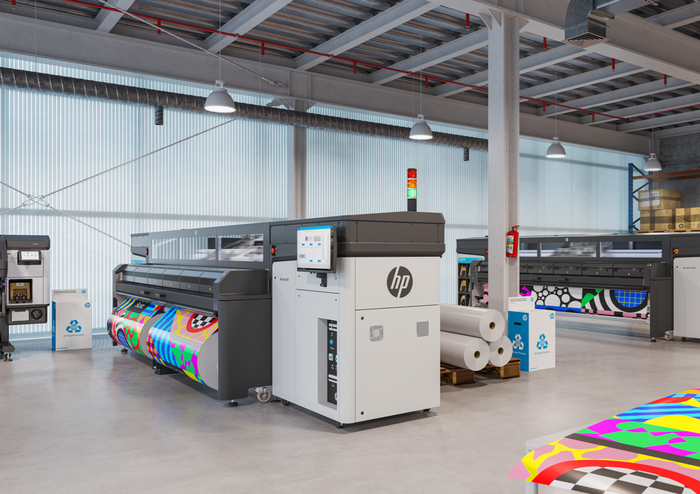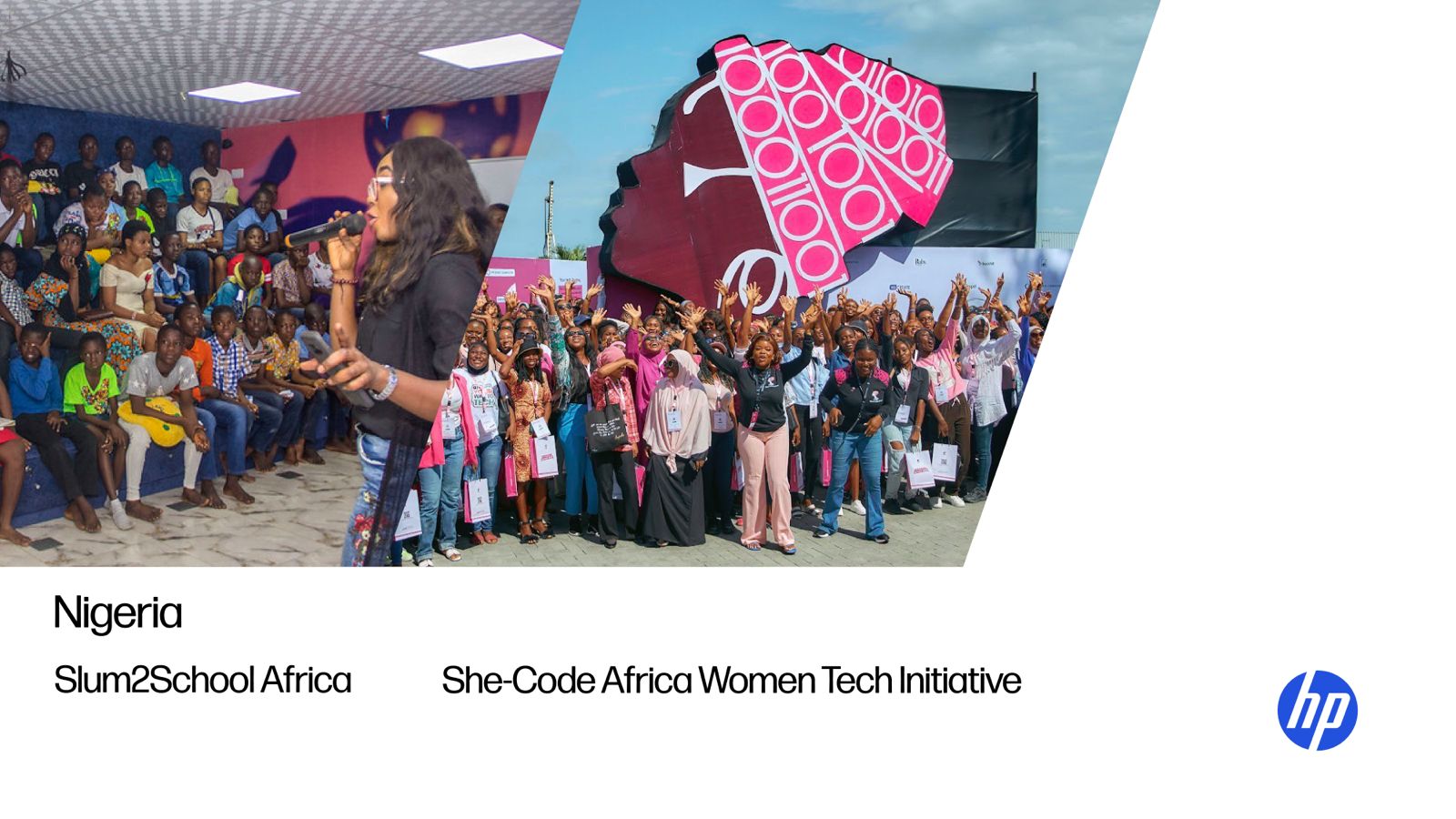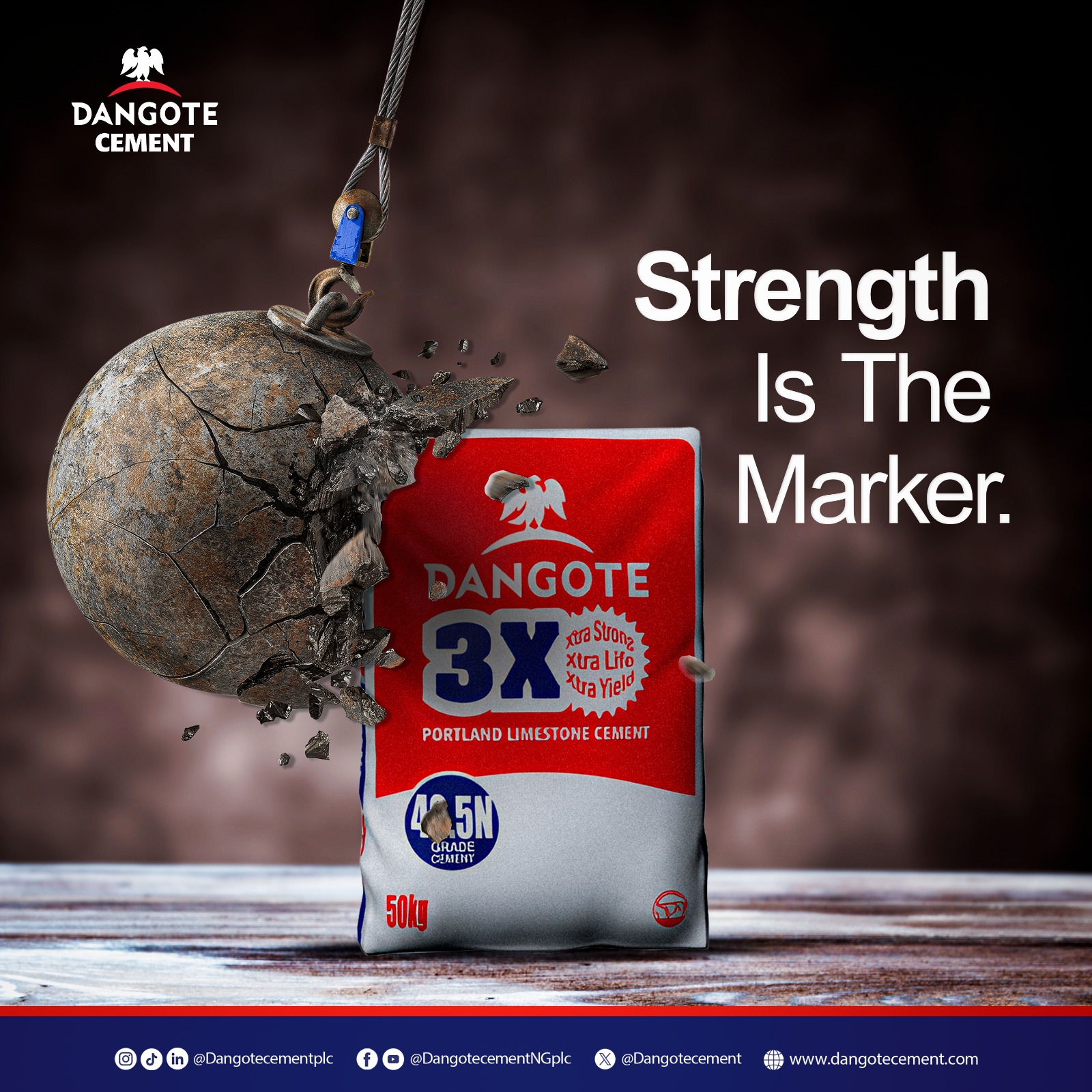How HP Intelligent Automation Can Deliver Both Flexibility & Growth For Printing Sector

Printing is complex – and becoming more so. The variety of non-standard, frequently changing print media and sheer number of SKUs is increasing to meet consumer and brand demand for personalisation and customisation, which is leading to an increasing number of smaller print jobs.
Even slight differences can be a challenge for print planning and production. While High-Volume Low-Mix manufacturing can use in-line production lines, print and packaging almost always relies on offline or near-line processing and manual intervention. A simple A4 brochure can require at least a dozen steps, from quotation, order confirmation, paper procurement, preflight, job preparation, approval, printing, lamination, cutting, stitching, folding, to packaging and shipping.
Local and multinational brand owners also want quicker turnaround times, as they have more small and medium sized brands, and more SKUs to sell, with sophisticated marketing campaigns targeting different audiences. In parallel, the Creator Economy and the growth of on-demand and e-commerce print services also increase the demand for commercial print jobs. This is creating a steady decline in the average length of print runs across all sectors, even in applications which have historically used more repetitive processes to deliver larger product quantities.
Fortunately, as our data shows, digital technology and automation can still drive business growth for printers and converters in these market conditions, by increasing efficiency and flexibility and enabling the shift of more volume from analog to digital.
To understand the impact of automation, HP has analyzed data from 185 print businesses which have a high level of automation compared to a baseline control group of 3,000 customers of varied sizes, from different industries and locations around the world. Over the past five years, from 2018 to 2023, the 185 highly automated customers delivered 80% more orders with51% higher volume and grew 27% faster than the control group.
The results speak for themselves. Automation is the way to go to achieve not only higher volume and growth, but also to address challenges like shortage of skilled labour. However, designing and implementing automation is also complex, especially since most printers are using a mix of analog and digital production equipment and processes that are difficult to integrate.
So, what can be done to help print businesses operate in a more agile way that makes the best of their current equipment investment while meeting these changes in demand, thus helping them prevent an overall decline in revenue or profitability? The answer is ‘intelligent automation‘.
HP Intelligent Automation helps printers and converters to address specific, separate, or connected steps in their production line to solve the pain points most relevant to them. It does this by using a single software platform – called HP PrintOS- to offer a range of modular solutions (like Lego blocks) for automating different tasks. Each solution can work by itself as a standalone, and – because they’re all integrated into PrintOS, can also connect and work with the others (again, like Lego blocks), to automate more steps in a printer or converter’s production process, where suitable.
This means printers and converters can take a flexible, customisable approach to automating only what will work best for them, and chain solutions together to build a more automated production line. Plus, because intelligent automation uses a single platform and offers modular solutions, it can meet the needs of print businesses of every size, in any industry.
Whatever the pain point might be, from reaching and maintaining a certain color standard, minimising areas of pre-press time and pre-flight, or monitoring job and equipment status –there’s a solution for that. If customers don’t want one solution because that part of their production line is working well but need another where they’re having to do a lot of manual intervention, no problem – they can mix and match one or as many as needed.
While PrintOS offers a wide range of HP solutions for multiple printing production line challenges, for intelligent automation to work in the real world, it mustwork with other solutions and systems that customers are already using, which will be from many different vendors.
To achieve this and offer HP customers a truly complete ecosystem of print automation tools, we partner with leading vendors to either embed their solution in Print OS or integrate it. This, for example, was with HP Direct-to-Finish, an automated setup application for finishing equipment, from Ultimate Techno Graphics in Canada. Or we work together to create a solution that integrates HP and partner applications, like JDF-based order submission and prepress automation through Cerm MIS, Esko Automation Engineand HP DFE. And for customers who have developed their own automation solution, we offer a range of APIs to help them connect with HP systems and PrintOS.
For example, there’s a PrintOS Jobs API customers can use to collect costing data, to automatically assess and manage profitability across all their jobs and clients. It’s also essential to offer integration support, which we provide through our regional teams of customer service experts.
For intelligent automation to fulfil its potential to transform the print sector, platforms must combine proprietary solutions, partner apps, and offer easy integration. Customers need open, collaborative ecosystems that accelerate their journey towards automation, while still enabling them to go at their own pace, step by step, solving one problem at a time.
‘Lights-out manufacturing’ is a term describing a factory or production line which is so fully and reliably automated that on-site human supervision isn’t even required. This is still a fictional scenario in the print sector, but our goal is to keep releasing solutions that help customers switch off one light after another, increasing efficiency and reducing total cost of ownership (TCO).
The power of Print OS, just like Lego, is that anyone can make a start with a just a basic set, test its effectiveness, and gradually add more solutions, building a more extensive and sophisticated production floor. We envision a print industry where every solution is compatible, flexible, and interchangeable, one where digital technology delivers all the agility and quality businesses need for growth.













